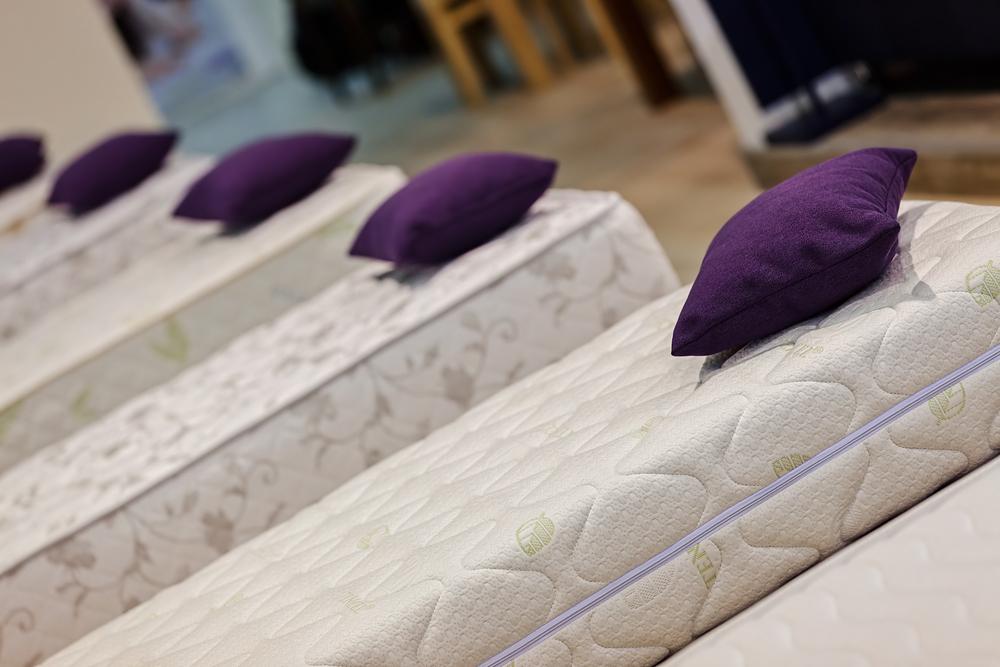6 Tips to Choose the Perfect Mattress

A mattress is a necessity more than a luxury. Many people tend to delay buying the mattress for some reason or the other. The budget issue, lack of awareness that a full mattress could do a lot of damage to your body, and much more are some common reasons for the same. But there’s that one time when you realize that you simply cannot watch the news or go about with your day-to-day activities without the right mattress on your back. So, you will end up browsing options for the best-rated mattresses.
There could be a lot of shopkeepers around the top malls you visit trying to sell you a mattress. However, with so many options, don’t you think that buying a mattress can get overwhelming? This is true when you begin to experience pain with the wrong mattress, and you realize that getting the right one is going to make a lot of difference.
Rummage online
Before you go ahead and buy a real mattress, did you try understanding what kind of mattresses work best for your age and body type? With complicated spinal diseases coming along the way, you better be prepared for choosing a mattress that could actually be beneficial health wise. This is the reason why there are so many best-rated mattresses that have especially found favor among buyers. In case you really confused about this because I’m to go and talk to your doctor about the probable health condition you could be having and seek his or her recommendation.
Of course, you will have to look into the comfort aspects as well since your doctor good only be of medical assistance and not of mattress assistance.
Do not fall prey to gimmicks
There is the latest trend of tagging mattresses as Orthopedic or medically approved, but you will have to remember that there is no particular medical authority that has been going around certifying such mattresses with these tags. Therefore, if you are preparing to sell out extra bucks for this, think twice and get some medical advice on what actually could be a practical solution to your problem.
Test the mattresses at the store
When you go shopping for the mattress simply go ahead and lie on it for about 15 minutes at the store. You should never give all inhibitions clear to the store manager. You are the consumer, and, therefore, you have every right to be picky about it.
This is akin to taking a test drive of a car before purchasing one since you get to know how the functionality really works.
Don’t go for too firm mattress
Remember that contrary to popular belief, it is not necessary that the mattress that is really hard is better for your body or back. Think before buying a really hard mattress as the latest research has revealed that firm mattresses might not actually work against back pain. You will have to understand that there is a difference between a mattress that offers firm support and a mattress that comes with a firm feel. You may instead opt for a firm pillow. While choosing from top mattresses, check on what your real weight is. This is because if you are too thin, you will actually never have the support or the weight enough to compress the external form for touching all the underlying support systems and coins in the mattress. Firm mattresses are the best for people with a little extra weight.
Trial run matters
Some areas across the country have those offering trial runs or comfort guarantees on your mattresses. Ask the store manager if this is available for the chosen mattress as it is beneficial to avail of the trial period before you actually pay for the final purchase.
Ensure you buy at a store that exclusively deals in mattresses
You may enjoy access to more variety and better assistance from the storefront. Money spent on the mattress is money well spent but money spent on the wrong mattress is money that goes down the drain. Be careful with your choice, do some clever deal around to finalize the best-rated mattress. To sum up you could actually keep a mattress budget in mind after doing the basic research and you could also note down what the right size of mattress you are looking for depending on the size of your bed.
If you are still confused, read up on the different types of best-rated mattresses around and how these could actually be worth using in your home. Remember that best-rated mattresses will definitely not come at cheap rates. So, go ahead and spend some time researching and finally purchasing the best-rated mattress that suits your needs and pocket.
A mattress is a part of your daily life. So, choose with care. A bad mattress can cause you more damage than you can imagine.


